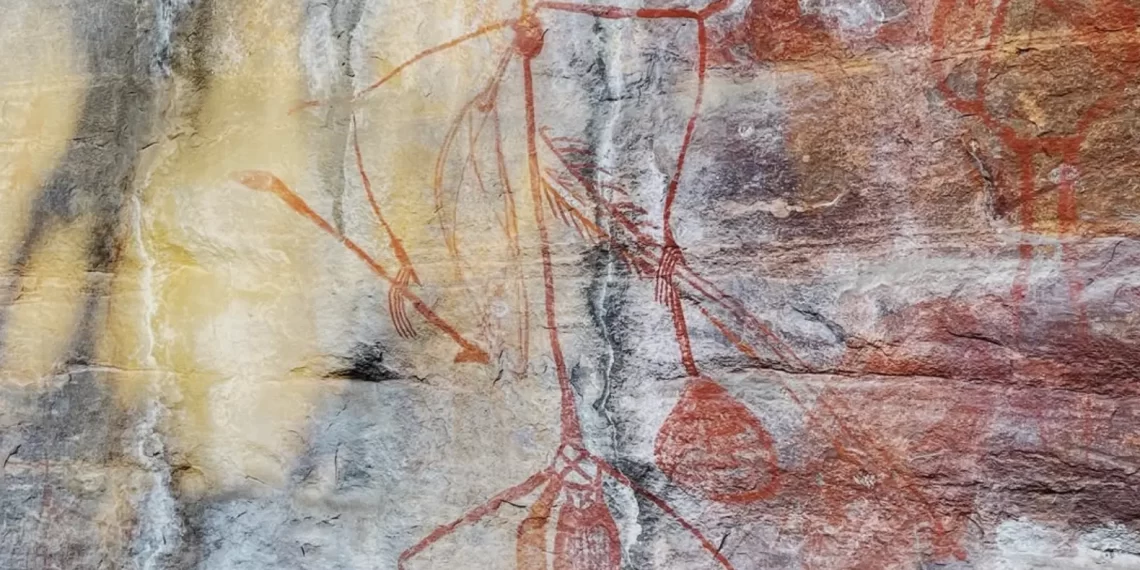Cultural Heritage Sites in the Grampians: A Guide to Indigenous Art and History
The Grampians (Gariwerd) in South Eastern Australia’s Victoria is a place of rugged sandstone peaks, native wildlife and significant cultural sites. It’s a nature lover’s paradise but also a treasure trove of Aboriginal rock art sites that tell the story of Australia’s Indigenous history. These ancient rock art sites hold stories passed down through generations and connect visitors to the spiritual beliefs and Creation stories of the traditional owners, the Djab Wurrung and Jardwadjali people. Whether you’re here for a Grampians day trip or a week, exploring these cultural experiences in Grampians National Park will give you a deeper understanding of the living culture and intangible heritage that’s embedded in the rock faces and rock overhangs of the Grampians.
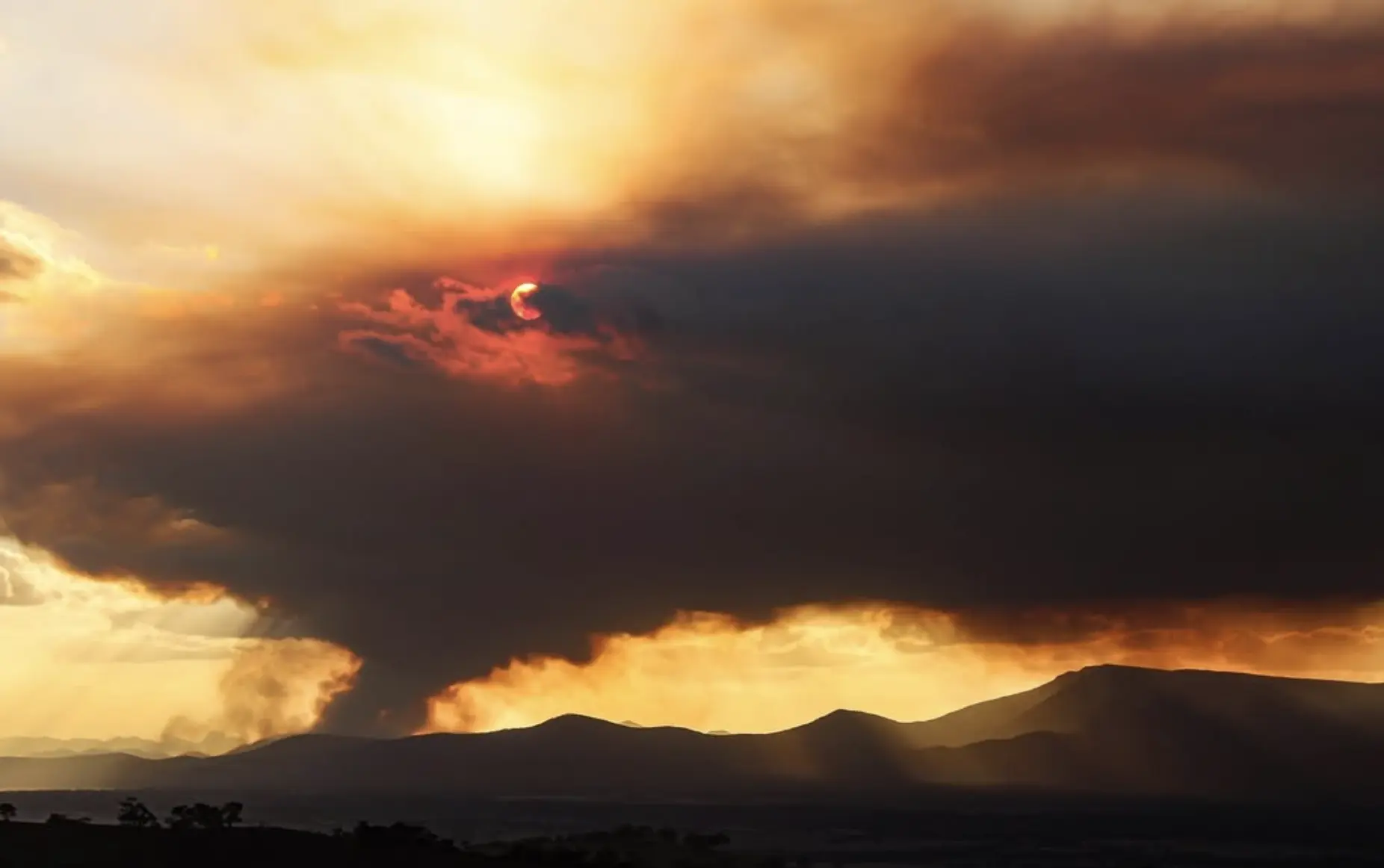
Aboriginal Culture in the Grampians
The Grampians is an important place in Aboriginal culture, with one of the largest collections of ancient rock art sites in South Eastern Australia. The traditional owners, the Djab Wurrung and Jardwadjali people, have a deep spiritual connection to the land which is reflected in the Dreamtime stories and Creation stories in the rock art across national parks like Grampians National Park. These artworks, some over 5,000 years old, are not just visual records of spiritual beliefs but also everyday life, ceremonial practices and the natural world. Visiting these sites, managed by Parks Victoria, allows you to connect with one of the oldest living cultures on Earth and gain insight into the intangible heritage of Australia’s Aboriginal people.
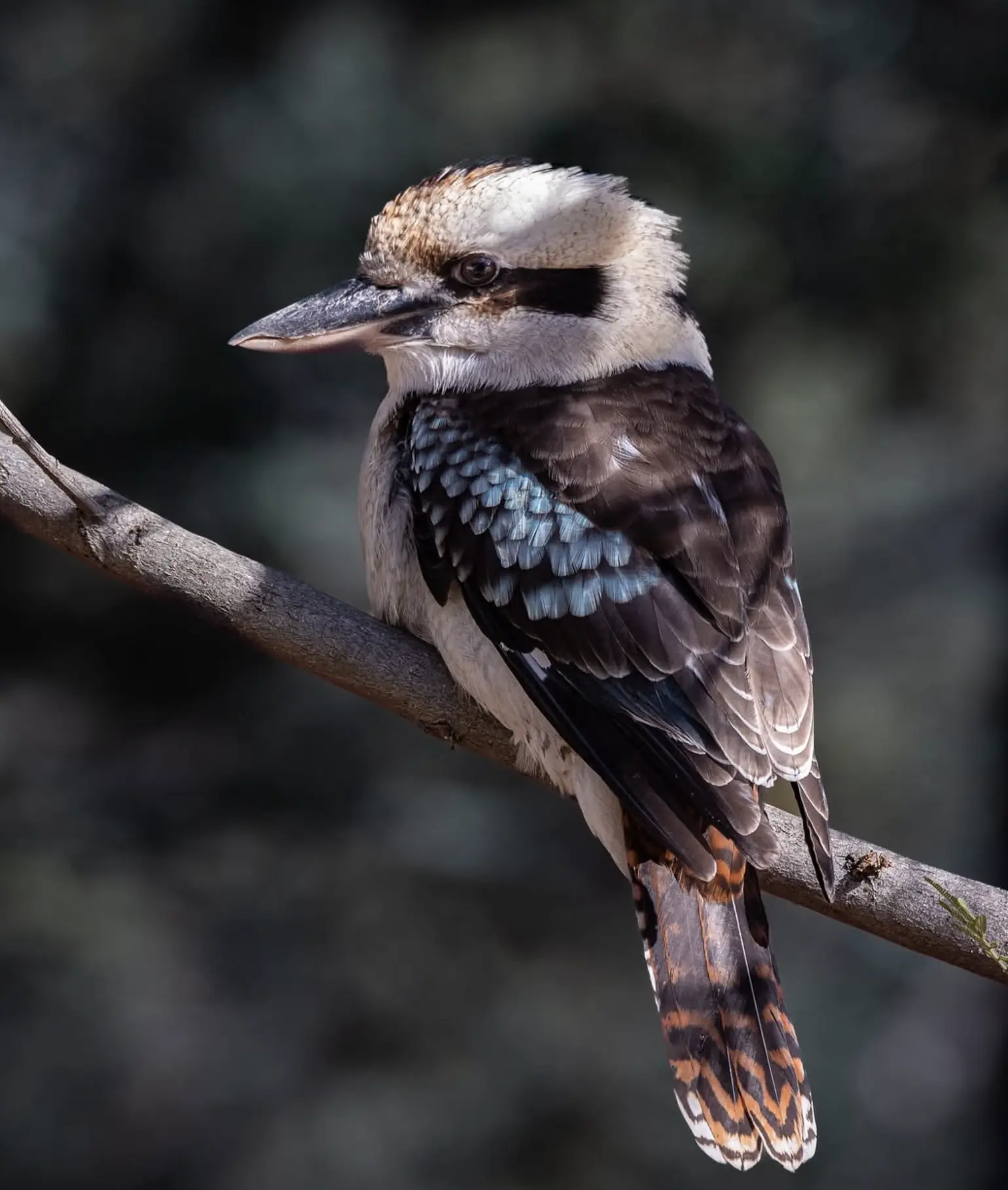
Traditional Owners of the Land
The Gariwerd Traditional Owners, Djab Wurrung and Jardwadjali, have been here for over 20,000 years. Their culture is embedded in the land, from the rock walls to the views of Mount William, Mount Stapylton and Mount Abrupt. This region’s heritage is not just in the rock art, but also in community events, cultural centres and Aboriginal Victoria’s work to ensure the Aboriginal community is celebrated and involved in the management of the land. This has allowed the Indigenous community to share their spiritual beliefs and intangible heritage with visitors.
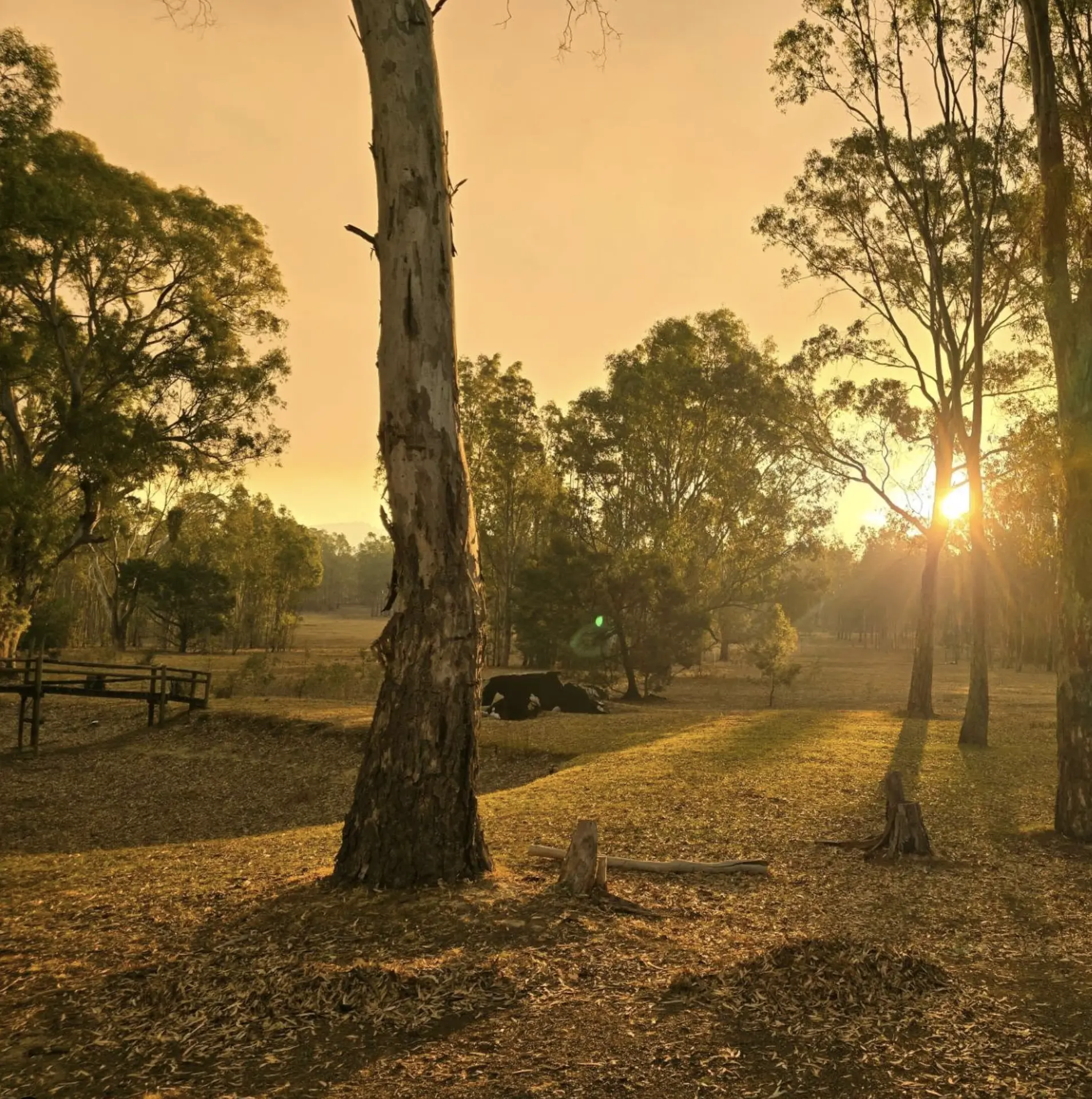
Rock Art Sites: Visions from the Past
The Grampians trip has several significant Aboriginal rock art sites where you can see visions from the past. These ancient stories are painted on rock shelters and cliffs, of human figures, native animals and ceremonial symbols that tell of the spiritual beliefs and daily lives of the original people of the region. Many of these artworks were created with natural pigments like ochre and their survival is a testament to the traditional owners’ connection to the land. Some of the most important rock art sites are Bunjil’s Shelter, Billimina Shelter, Manja Shelter and Ngamadjidj Shelter – each gives you a glimpse into the world of the Djab Wurrung and Jardwadjali people.
Rock Art Sites in the Grampians
Several rock art sites in the Grampians Gariwerd region are open to visitors. These sites are walking trails and often have interpretive signage to help you understand the artwork. Here are some of the most significant rock art sites in the Grampians:
1. Bunjil’s Shelter
Bunjil’s Shelter, near Stawell, is one of the most important Aboriginal rock art sites in Victoria. It has an artwork of Bunjil, a creator spirit in the Dreamtime stories of the Gariwerd Traditional Owners, and his two dingo companions. This site is of great spiritual significance to the local Aboriginal community and gives visitors a rare insight into the spiritual beliefs and artistic traditions of the Djab Wurrung people.
2. Billimina Shelter
Billimina Shelter in the Victoria Range has hand stencils believed to be community events or initiation ceremonies. The shelter has a rock wall with over 100 handprints and gives you a direct link to the Aboriginal people who lived here thousands of years ago. A must see for those interested in the ceremonial side of Aboriginal culture in the Grampians.
3. Manja Shelter
Manja Shelter (also known as Gulgurn Manja Shelter) is another famous rock art site in the Grampians. Near Hamilton it has many hand stencils and hunting tools, so you can connect with the region’s indigenous history and understand the deep relationship between the Aboriginal people and the land.
4. Ngamadjidj Shelter
Ngamadjidj Shelter has white figures, believed to be spirits or ancestors, unlike the ochre art found elsewhere in the Grampians National Park. This is the “white spirit” shelter and gives a glimpse into the spiritual beliefs and practices of the Djab Wurrung people.
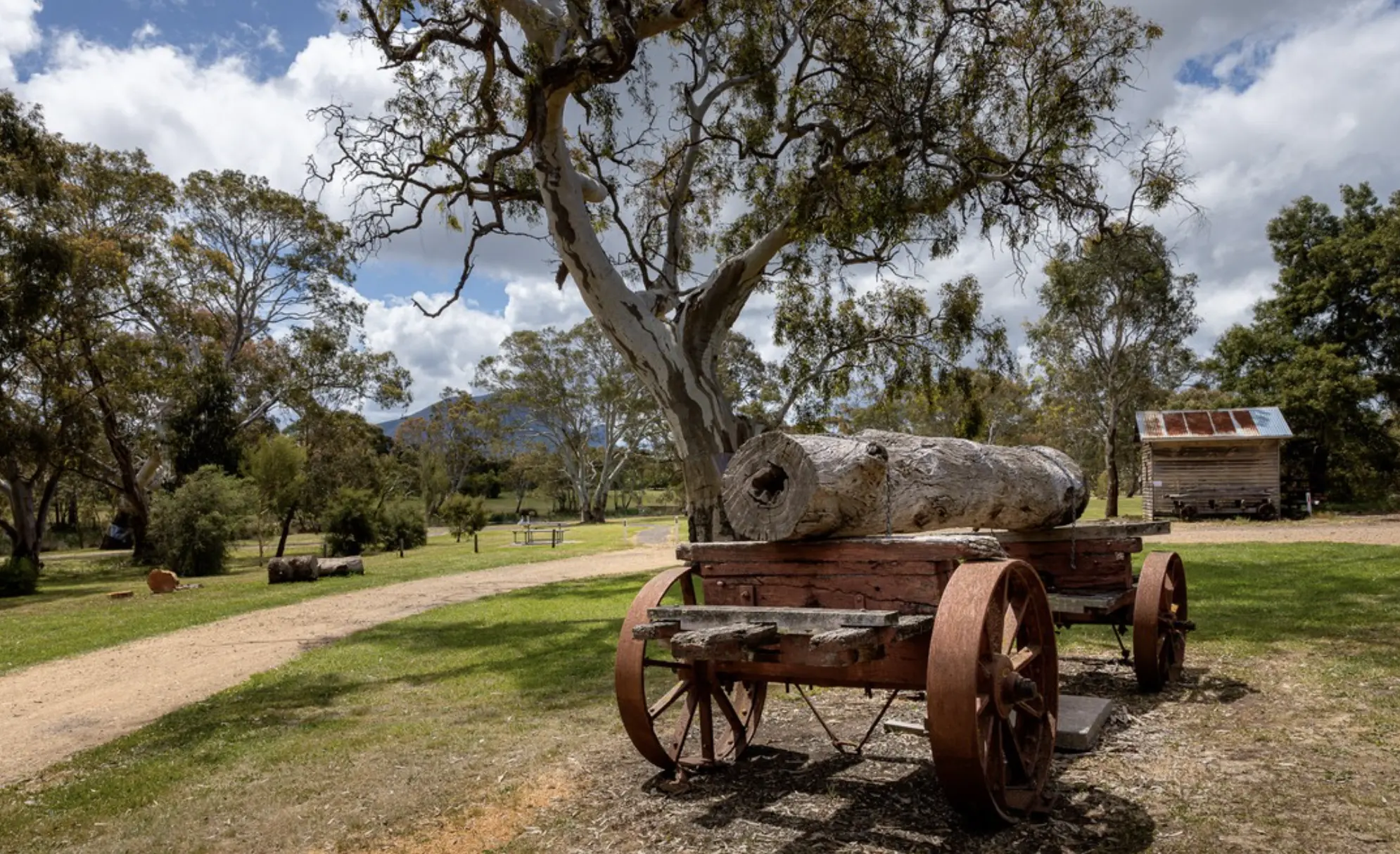
Indigenous Guided Tours in the Grampians
For a deeper understanding of the Aboriginal rock art sites and the spiritual beliefs of the traditional owners, guided Grampian Tours tours with AutopiaTours are the way to go. These tours, often run by Parks Victoria and Aboriginal Affairs Victoria, give you an insider’s view into the indigenous people’s connection to the land, their history and their ongoing role in managing these cultural sites. Touring with Aboriginal guides means you’ll hear the stories and traditions passed down through generations. Whether you’re walking the Grampians Peaks Trail or visiting famous lookouts like Boroka Lookout, guided tours bring the landscape and history to life.
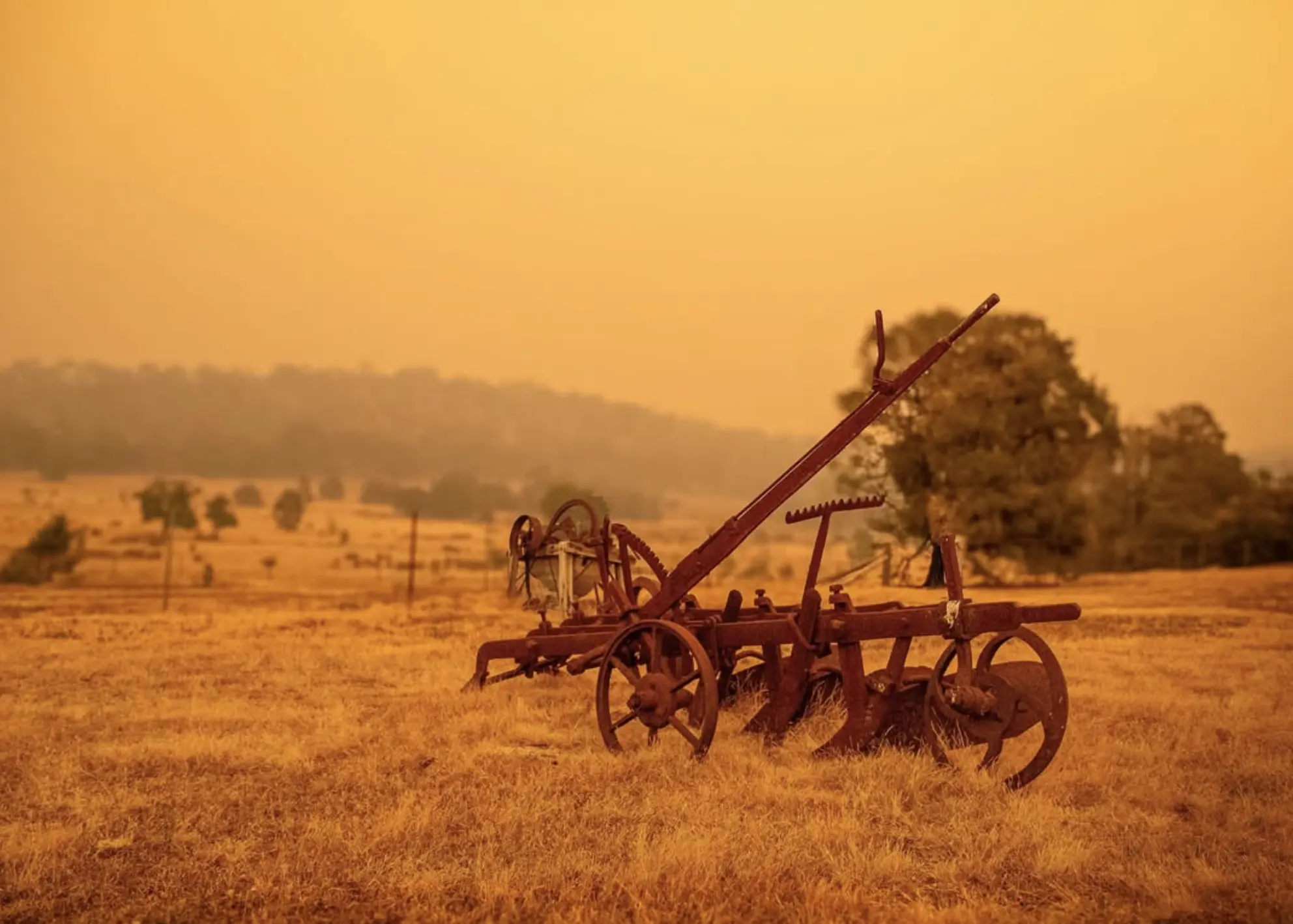
Conclusion
The Grampians Gariwerd is more than just a pretty spot for rock climbers and nature lovers – it’s a place where the intangible heritage of Australia’s Indigenous cultures is embedded in the land. From the stunning views of Mount William and Boroka Lookout to the ancient rock art sites of Bunjil’s Shelter and Billimina Shelter, the Grampians gives visitors the chance to connect with one of the world’s oldest living cultures. By experiencing these cultural experiences visitors will gain a deeper understanding of the living culture of the Djab Wurrung and Jardwadjali people, whose spiritual beliefs, art and traditions still shape the Grampians today.
FAQ
How old are the Aboriginal rock art sites in the Grampians?
Some of the Aboriginal rock art sites in the Grampians are over 5,000 years old, the region has been continuously occupied by Indigenous people for over 20,000 years.
Can I visit the rock art sites on my own?
Yes, many of the rock art sites in Grampians National Park are open to the public, but visiting with an Aboriginal guided Grampians tour will give you a deeper understanding of the spiritual beliefs and intangible heritage of the traditional owners.
What is the significance of Bunjil’s Shelter?
Bunjil’s Shelter is a sacred site with a painting of Bunjil, the creator spirit in Aboriginal culture and is one of the most significant sites for the Djab Wurrung people.
Are there any Aboriginal cultural experiences in the Grampians today?
Yes, in addition to the ancient rock art sites, the Grampians has contemporary experiences through cultural centres, community events and guided tours that showcase the heritage and living culture of the Aboriginal community.
What wildlife will I see at the rock art sites?
The Grampians has native wildlife including Eastern Quolls, kangaroos and many bird species. Many visitors love the combination of natural history and Aboriginal culture.

